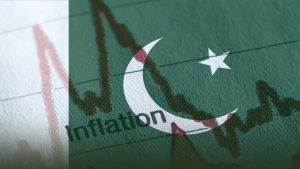Islamabad, 5 June 2025: Govt Hires KPMG to chart a comprehensive roadmap aimed at resolving Pakistan’s growing circular debt crisis in the gas sector, a financial challenge that has reached an estimated Rs2.8 trillion.
The move is intended to align with the structural reform demands of the International Monetary Fund (IMF) as the country negotiates its next bailout package.
The accumulation of debt has largely been attributed to prolonged delays in tariff adjustments, costly liquefied natural gas (LNG) allocations to unintended sectors, and penalties resulting from overdue payments.
READ MORE: National Finance Olympiad 2024: ICAP Marks a Decade of Financial Excellence
Industry insiders note that recent increases in gas tariffs for export-oriented industries have curtailed industrial usage. As a result, more expensive gas has been redirected to the domestic consumer base further widening the financial gap in the energy supply chain.
To complement this initiative, authorities have also secured a substantial Rs1.275 trillion loan for the electricity sector, which will be serviced through a Rs3.23 per unit surcharge on consumers.
While policymakers argue that these steps are essential to stabilize energy markets and satisfy IMF conditions, there are growing concerns that the rising cost of power and gas may strain industrial profit margins and reduce affordability for everyday consumers.
Midway through the strategy formulation, officials confirmed that Govt Hires KPMG to provide technical guidance and ensure compliance with global financial protocols.
READ MORE: IMF Rejects Key Budget Targets: What’s Next?
The consultancy is expected to deliver a plan that balances fiscal discipline with social considerations, especially as inflationary pressures continue to affect households nationwide.
Energy sector analysts suggest that if implemented effectively, the proposed reforms could ease structural inefficiencies and restore financial discipline across public utilities.
However, they also caution that short-term effects may include reduced industrial competitiveness and increased cost of living outcomes the government will need to mitigate through targeted subsidies or regulatory easing.









